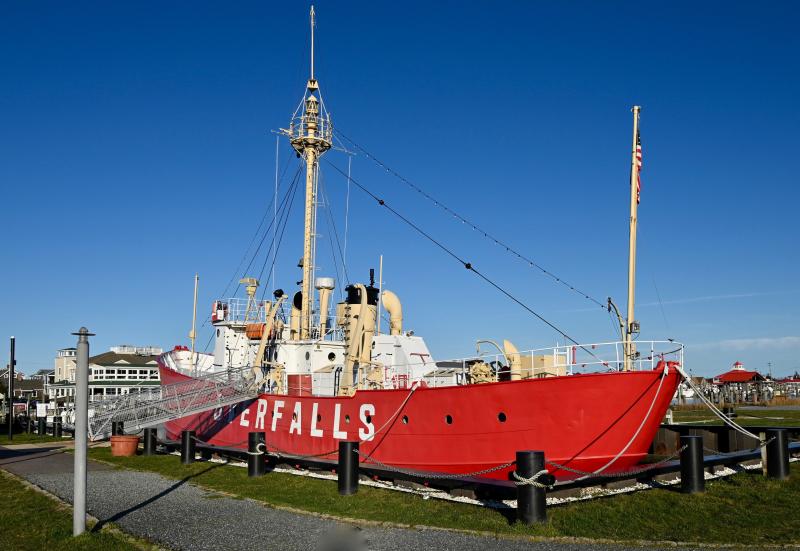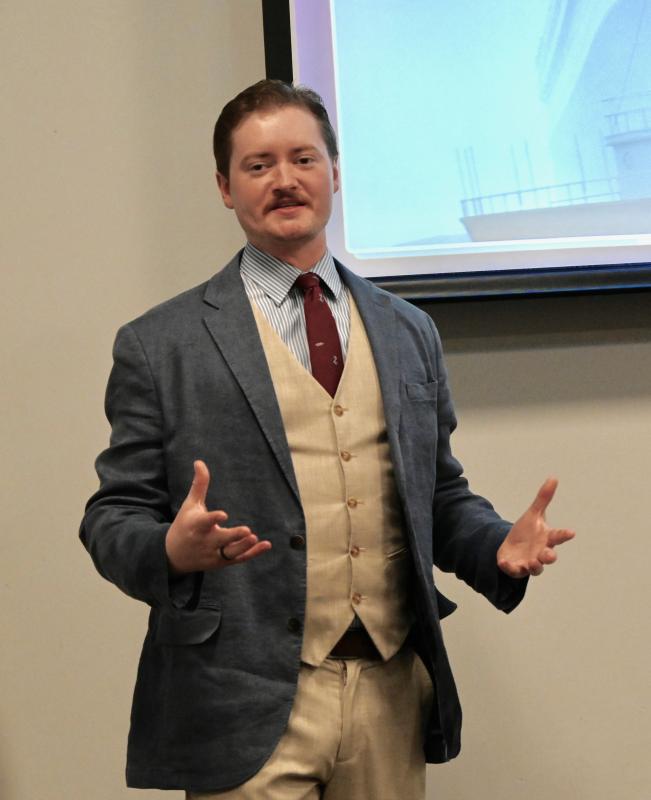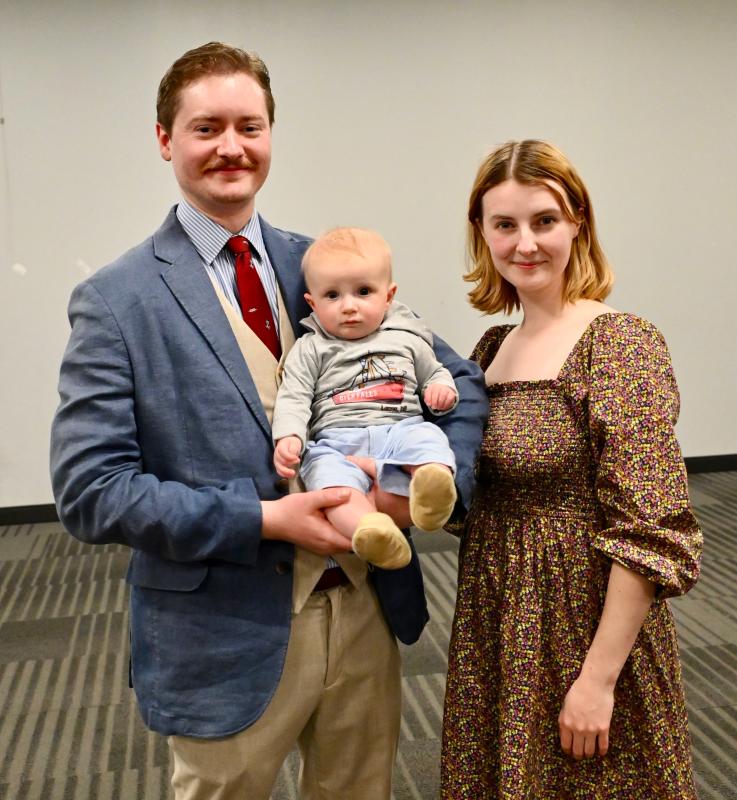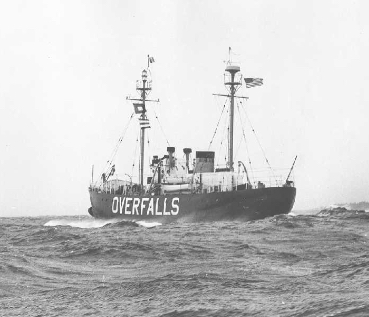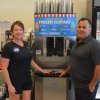Exclusive screening planned for Overfalls production
Filmmaker Thomas Lynskey, representing his company HFX Studios, attended a recent meeting of the Overfalls Foundation to give an update on the documentary he is producing using the historic Lightship Overfalls as his base for a documentary on the history of lightships.
“The past couple years, I discovered the Overfalls,” Lynskey said. “I didn’t know the stories behind lightships.”
So, the part-time explorer started to delve into the interesting history of lightships, which were in service on both sides of the country from 1820 to 1985. Lightships were used to mark dangerous sandbars, harbor entrances, shallow water and shoals; they could be placed in locations where lighthouses could not be built. The ships belonged to the U.S. Lighthouse Service before it became part of the U.S. Coast Guard in 1939.
The Overfalls berthed at Canalfront Park in Lewes is not the ship that protected the waters off Cape Henlopen. The lightship in Lewes served at three New England stations, including Cornfield Point, Conn., from 1938-57; Cross Rip, Mass., from 1958-62; and Boston from 1962-72. Before the ship was repainted, the word Boston could be seen on the sides. The actual Overfalls is on display in Portsmouth, Va., and was among the ships that served at the mouth of Delaware Bay off Cape Henlopen from 1898 to 1960.
After it was decommissioned in 1972, the Lightship Boston was donated to the Lewes Historical Society. With LHS unable to undertake the massive effort needed to restore the ship, it was turned over to a new group, the Friends of the Lightship Overfalls (now the Overfalls Foundation). A long and painstaking restoration, done mostly by volunteers known as the Dirty Hands Gang, resulted in the ship becoming a museum on water as one of the few fully restored remaining lightships.
Lynskey said the Overfalls film should be completed in time for an exclusive Lewes screening in late spring or early summer.
“I’m showing what the everyday life on a lightship was like, with actors portraying the different jobs. I want to bring that back to life mixed in with CGI to re-create the stories of four different lightships. Each ship had its own personality,” he said. “Most of all, I want to show the work and love put into the Overfalls by volunteers to keep it alive.”
He said he’s uncovered some interesting tidbits about shipboard life, including the fact that crew members had access to rifles. “They were used to protect sailors from sharks when they were swimming off the boats,” he said.
“I always check with historians before the final presentation to make sure it’s right, and I will send it to Overfalls volunteers before it’s screened,” he added.
He is also working on a documentary about the restoration and history of the S.S. United States, which has been abandoned at a dock near Philadelphia. He said the fast ship was the country’s answer to the transatlantic vessels built in Great Britain, and it played a secret military role during the Cold War era as a possible transport for up to 10,000 troops. It also had the most up-to-date radar capabilities. “It held the record for the fastest Atlantic crossing, and its top speed was classified,” Lynskey said, adding it’s speculated the vessel could reach up to 40 knots. The ship had its maiden voyage from New York on July 3, 1952.
Lynskey is also working with the Columbia River Maritime Museum in Oregon to document the dozens of shipwrecks off the coast near the river’s mouth. He has work posted on his Part-Time Explorer YouTube channel with more than 212,000 subscribers and provides virtual museum experiences. Contact him at TLynskey@HistoricalFX.com.
OVERFALLS HISTORY
Named a National Historic Landmark by the U.S. Park Service.
One of only two lightships built in the 20th century.
The last ship built for the U.S. Lighthouse Service.
One of the last ships built with riveted construction.
Known as LV-118 by its crews.











